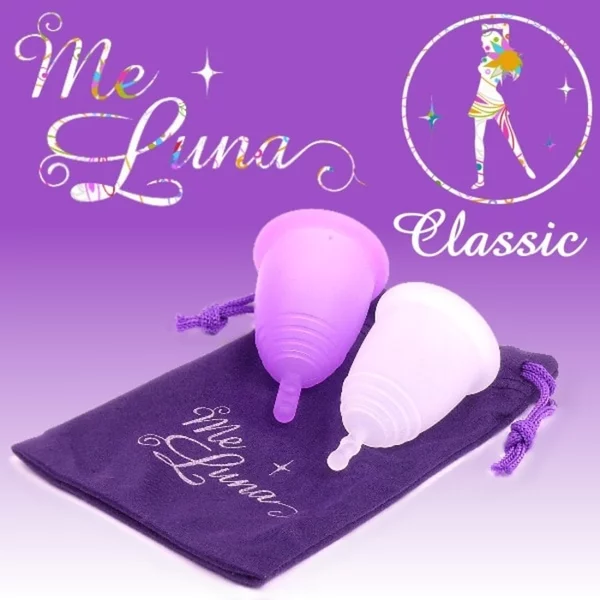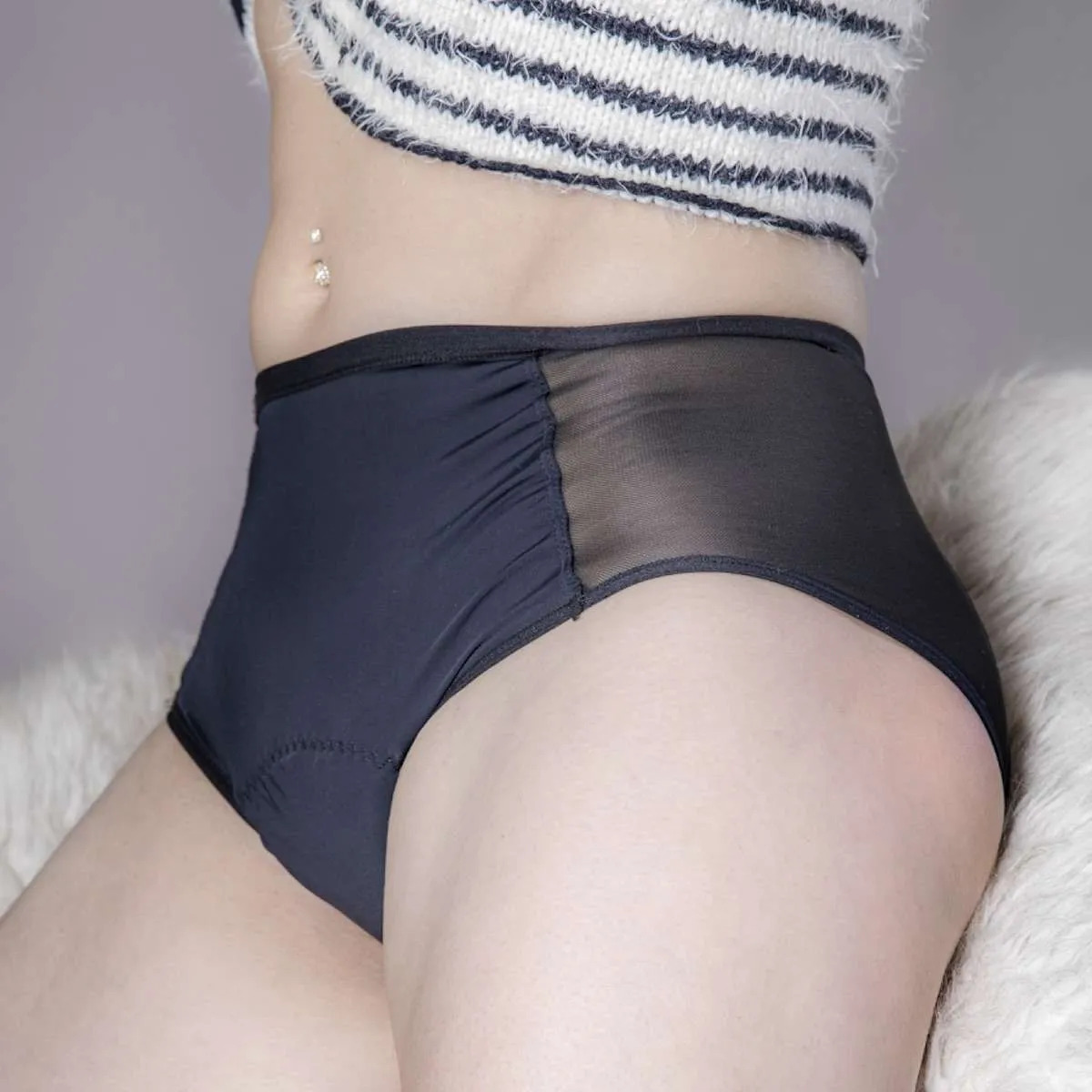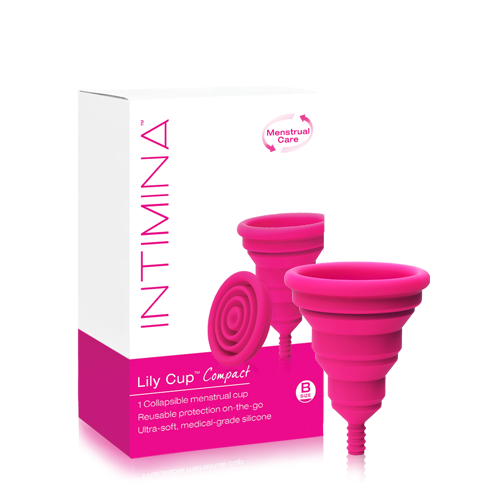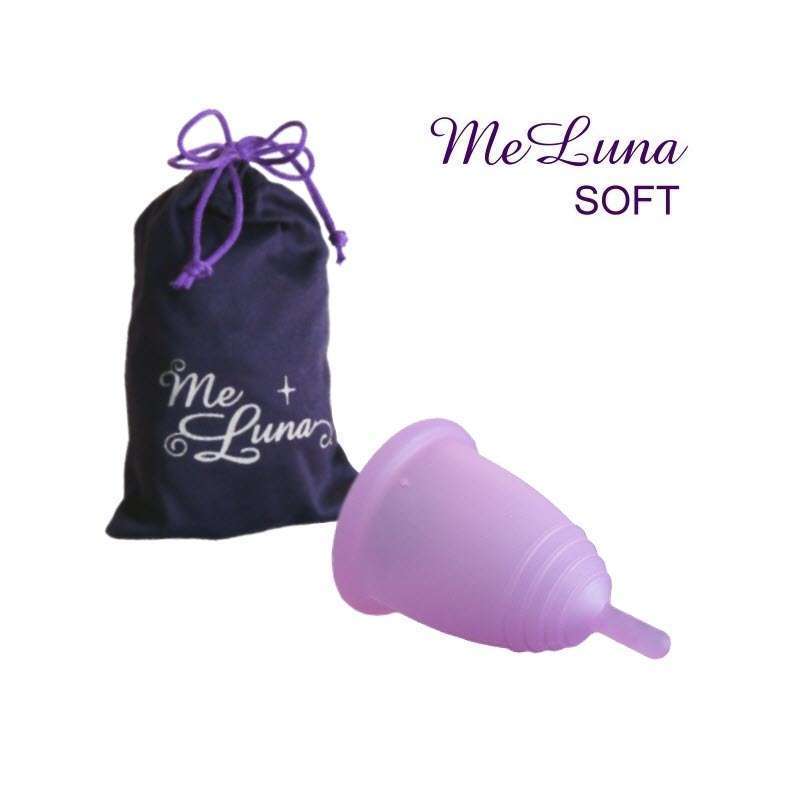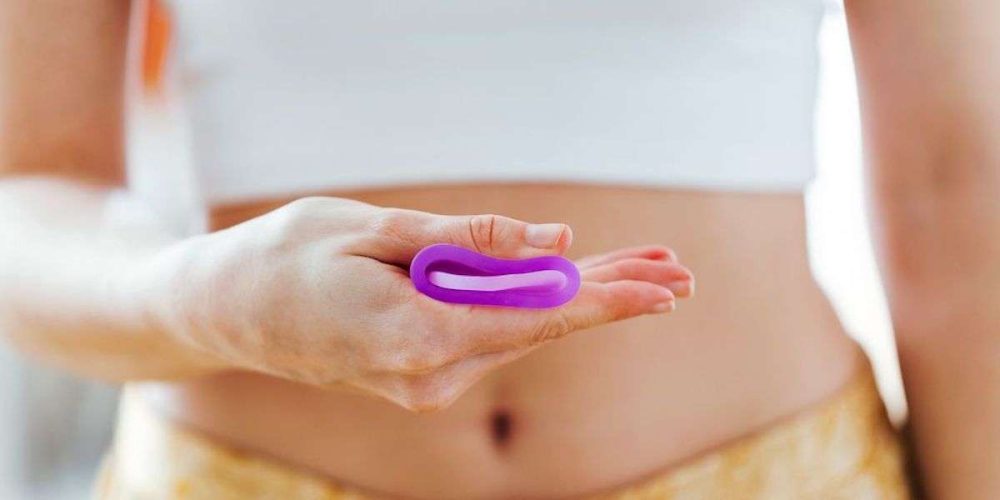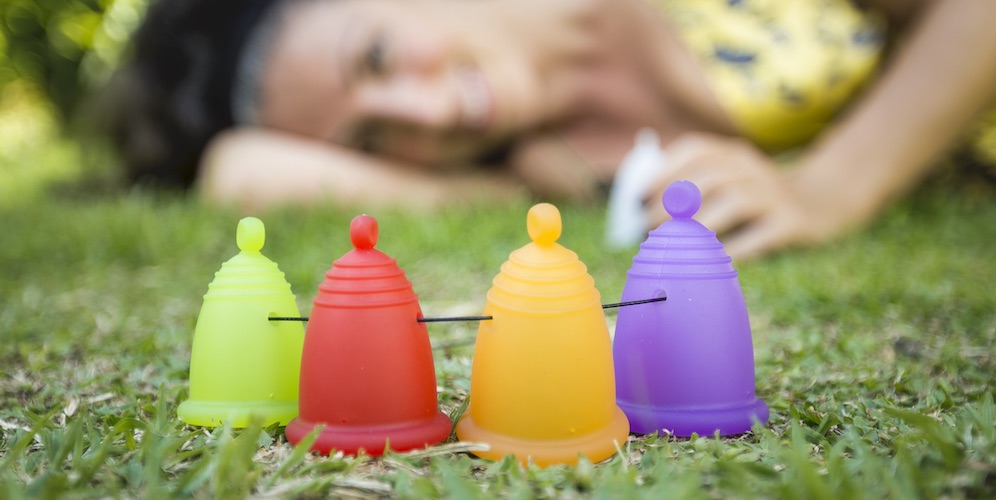Handling menstrual flow is something that every women from every country and background has to deal with. Papyrus was first used in ancient Egypt, then reusable sanitary belts, and after that disposable pads.
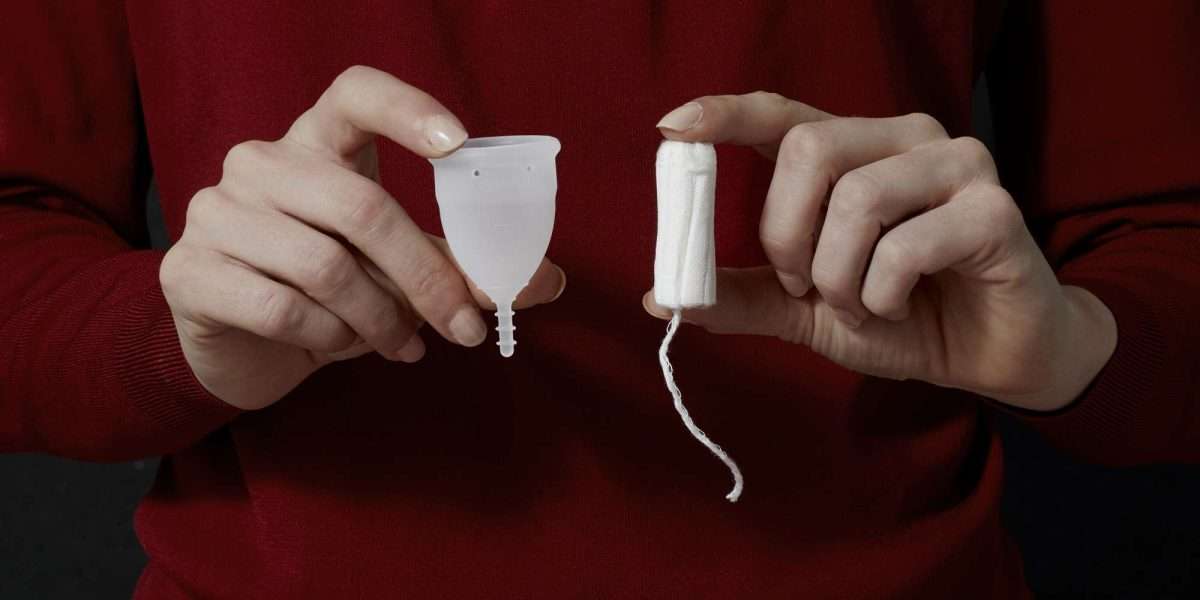
Most of these inventions had limited effectiveness until tampons were developed in the 1930′s which revolutionized feminine hygiene. Recent research though has shown that tampons can be dangerous for a woman’s health. In this article I am going to look into the health risks of tampons and explore the healthy alternatives to the “little rocket”.
Health risk of tampons
#1 Toxic Shock Syndrome (TSS)?
TSS develops in the body when the common bacteria, Staphylococcus Aureus, produce a toxin which is absorbed into the bloodstream. The toxin rapidly overwhelms the immune system and attacks the major organs, leading to kidney failure, collapse of the lungs and in severe cases, cardiac arrest. Alarmingly, 50% of all known cases of Toxic Shock are from women using tampons! You can find this information about the risk of TSS on every tampon user guide in very small print! Symptoms of TSS are: sore throat, aching muscles, high temperature; over 102 degrees F, vomiting, watery diarrhea, red rash, confusion, dizziness,very low blood pressure. Only one or two symptoms may occur, and they do not necessarily occur all at once and may not persist. If you are experiencing any of these, remove the tampon right away and go to the hospital and insist on getting a blood test.
#2 Chemicals in Tampons
Rayon is the main ingredient in generic tampons. It’s a fiber that is made from cellulose fibers. Cellulose is a natural fiber but to produce Rayon chemical procedures are needed that include: carbon disulphide, sulphuric acid, chlorine and caustic soda. Side effects from exposure to too much Rayon can include: nausea, vomiting, chest pain, headaches and many others. Tampons are also bleached using chlorine, which results in the production of dioxin, which is linked to breast cancer, endometriosis, immune system suppression and various other ailments.
#3 Tampons can cause infections
Tampon use causes micro lacerations every time you insert one and pull it out, leaving your vagina wall more exposed to any infection or disease.
#4 Tampons disturb the PH-Balance
Tampons absorb your flow but they also absorb all the moisture that is very important to keep your ph and vagina healthy.
#5 Tampons cause odor
As soon as the tampon is inserted the process of oxidation starts and bacteria develops which explains that funky smell.
#6 Tampons leave chemical residue in your vagina
Loose fibers are left behind in your vagina, which your body eventually flushes out but until then you have chemicals stored in your body and these can cause bladder, vaginal infections, and TSS. If you want to test this, take a tampon and jiggle it in a glass a water and see what happens to the fibers!
5 Ways To Avoid Risk When Using Tampons
While the use of any tampon can expose you to the risk of either Staphylococcus aureus or group A streptococcus (strep) bacteria (which is also sometimes linked to TSS), if you still want to use them there are several things you can do to minimize your risk:
#1 Avoid super absorbent tampons
Choose the lowest absorbency rate tampon to handle your flow. Synthetic tampons absorb more water than cotton ones, leaving behind concentrated proteins that are used by staph bacteria to create toxins.
#2 Use tampons with natural organic ingredients
Use natural organic varieties without synthetic ingredients and made with 100% organic cotton to avoid being exposed to unnecessary chemicals and toxins.
Popular feminine hygiene products may contain: The toxic carcinogen dioxin and disinfection-by-products (DBP’s) such as:
– Trihalomethane, which are present whenever a product is bleached
– Phthalates
– Chemical plasticisers used in plastic tampon applicators and to make the glossy coatings on cardboard applicators
– Pesticides, herbicides and synthetic fertilisers found in non-organic cotton Vaginal tissue is an exceptionally absorbent area, which is why you need to give careful consideration to choosing only natural feminine hygiene products.
#3 Minimize the time you use tampons during your period
Never leave a tampon inserted overnight. Change tampons at least every 4-6 hours, and alternate the use of tampons during your period.
#4 Be careful when inserting a tampon
When inserting a tampon, be extremely careful not to scratch your vaginal lining and avoid plastic applicators.
#5 Do not use a tampon between periods
Don’t use a tampon between periods to avoid unnecessary exposure. Use a liner in between if needed instead.
Healthy And Efficient Alternatives To Tampons
#1 Menstrual cups
These flexible silicone menstrual cups are inserted into the vagina and catch all of the menstrual fluid. The menstrual cup can be emptied every 8 hours or so. It’s a much safer solution than inserting a chemically treated synthetic tampon into your vagina. Since a single menstrual cup can be reused again and again for years, it’s a very cost effective option that generates no waste.
#2 Period Panties
Many people even have “period underwear”, a generally ratty pair of panties you don’t mind getting ruined. Period Panties are made with special materials to help absorb and wick away leakage, or even replace tampons or pads for your lighter days. It is an amazing allie to the menstrual cup to have a back up just in case. Many beautiful and attractive designs are now available so you can throw away your old panties and get one of those.
#3 Reusable cloth pads
The only difference with these pads is you simply wash these pads at every use. They are usually made of organic material (cotton, bamboo, hemp) so they are breathable unlike the disposable ones. You can just give them a little rinse after use and throw it in the washing machine without any problems. I like using them on the last days of my cycle when it’s very light. There are lots of fun designs available these days that are comfy and practical. I advise getting them in darker colors for obvious reasons. They are a cost-effective option and are also safe for the environment.
6 Key Features of Menstrual Cups:
- Can be worn up to 8 hours without any risk of TSS.
- You can sleep with it safely and practice any sport including swimming.
- It’s worn internally like a tampon but without the string and other health inconvenience.
- Made in 100% medical silicone grade medical, they’re hypoallergenic and won’t leak any chemicals in your body.
- It doesn’t interfere with your natural Ph by keeping your moisture intact since the cup doesn’t absorb anything, it only collects your flow.
- A menstrual cup is very cheap, you just need one that you can keep up to 10 years. They end up being about 20 times cheaper than tampons!
Interesting Point: Menstrual cups actually existed since the 1930′s but in the face of the billion dollar tampon industry they sadly did not survive the competition and lobbying. Menstrual cups have been becoming more popular the last few years simply because we have more awareness concerning our health and the environment than even just 10 years ago. Read more about the history of menstrual cups.
It’s important to keep in mind that tampons are still on the shelf because we buy them! I really believe than in less than a decade we’ll all laugh pretty hard looking back at the time when we thought sticking cotton rockets up our vagina was the way forward!
This article has been written by me, the owner of menstrualcup.co and also has been published on this great blog mytinysecrets.com who has lots of interesting articles about intimate health and sexuality. Check it out!


